Welcome to my Blog
Thanks for stopping by my little corner of the world!
Grab yourself a cup of coffee, tea or whatever your preferred beverage is and get ready to meet some amazing couples, see some beautiful moments and get a little glimpse into my crazy life!
Hi! I'm Yael
Welcome
to
the YP
Blog!
Quick Links
Rom Coms got nothing on these stories!
I love ALL love stories, so I can't choose favorites, but check out some of my most recent ones!
Highlights from Shelby and Danny’s beautiful Jewish wedding in Boca Raton Florida
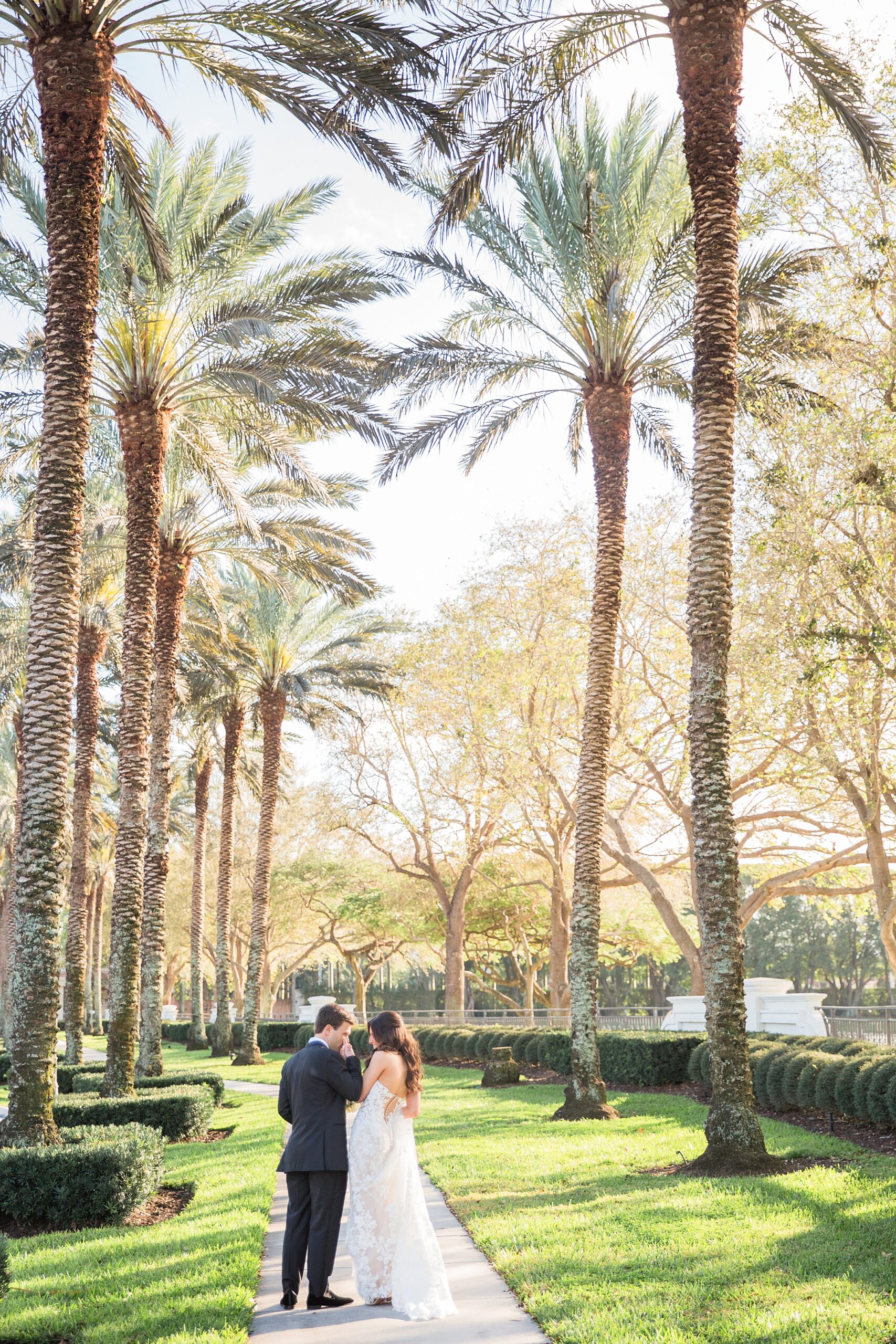
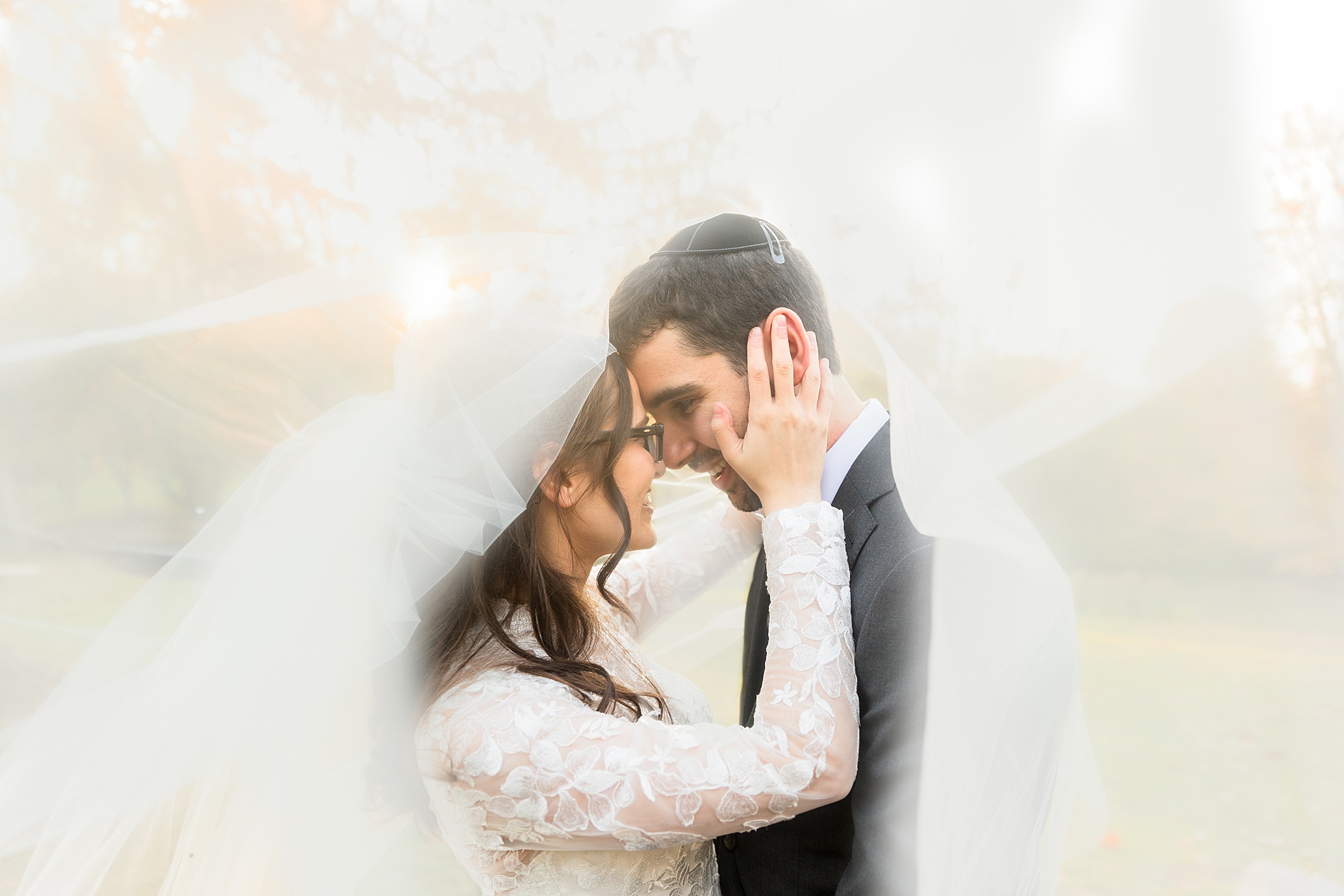
An Appleford Estate, Philadelphia, PA Jewish Wedding Photography: Rachel and Shai + Yael Pachino Photography LLC
A beautiful Jewish Fairmount Horticulture Park wedding in Philadelphia, Pa.
An Elegant and Fun Loving Fall Fairmount Horticulture Park Wedding, Philadelphia, PA: Sarah and Zach
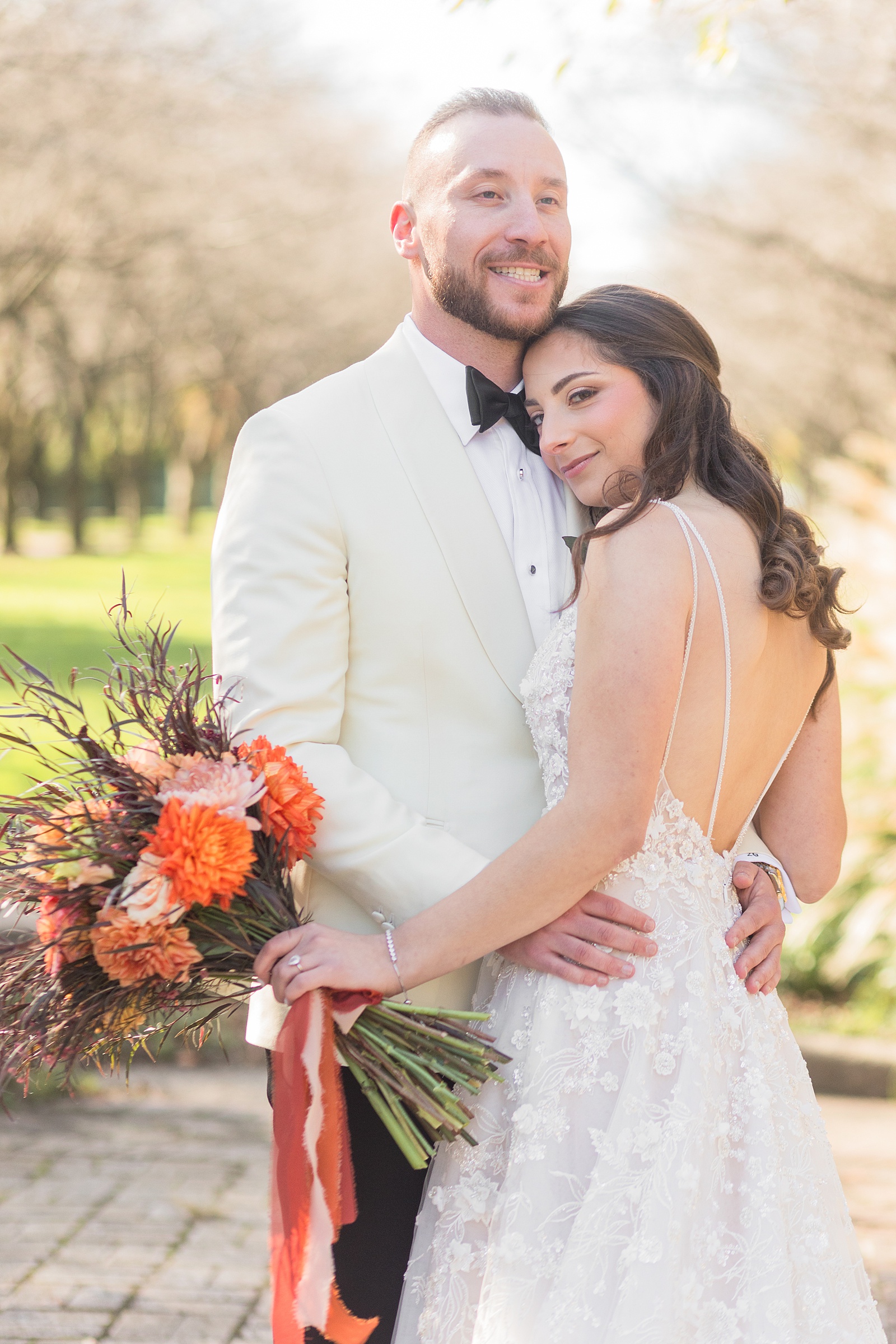
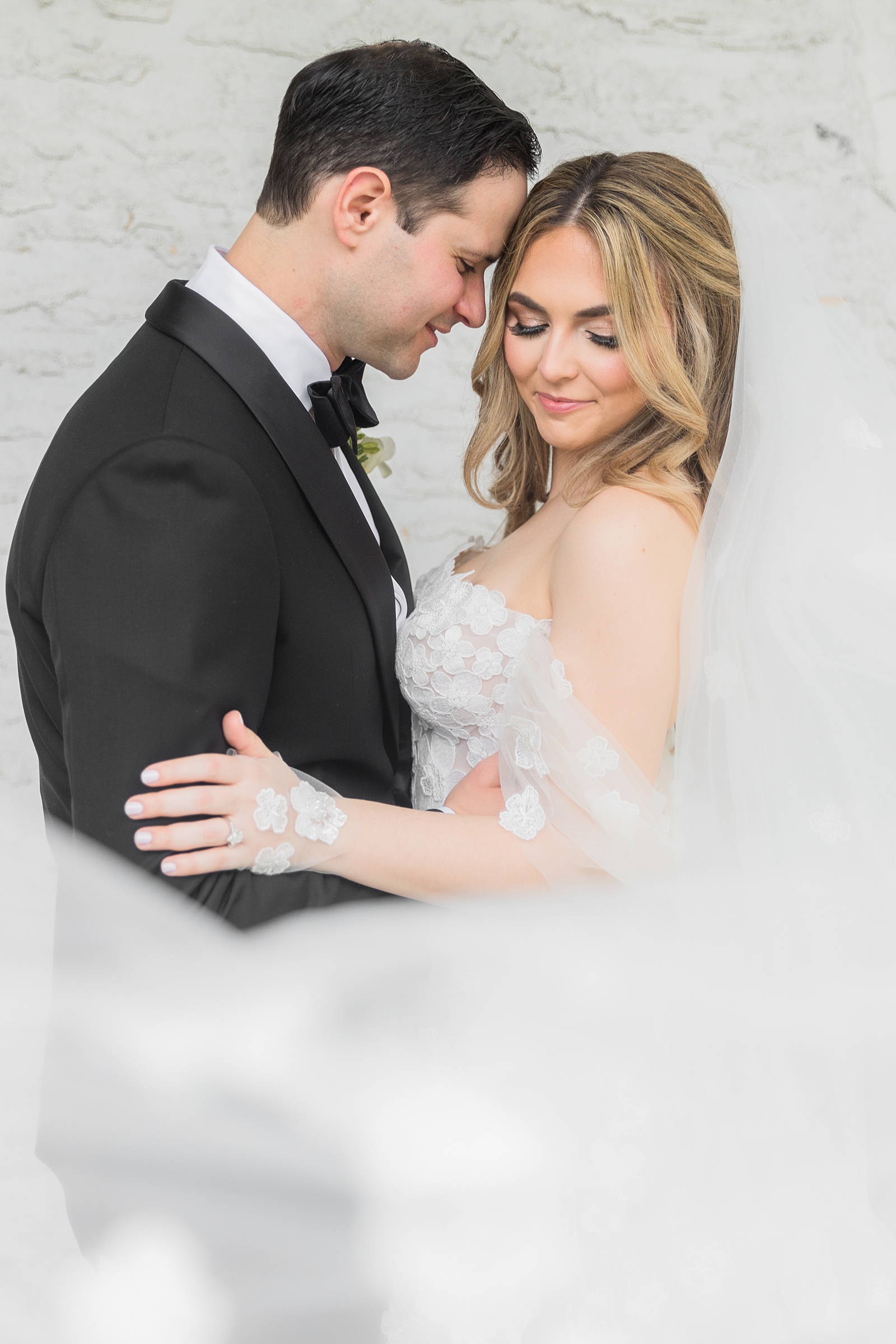
A Breathtaking, Jewish, Renault Winery Wedding in South Jersey for the most amazing couple, Robyn and Evan!
Flushing Meadows Corona Park, New York: Jewish Engagement Session: Rachel and Shai
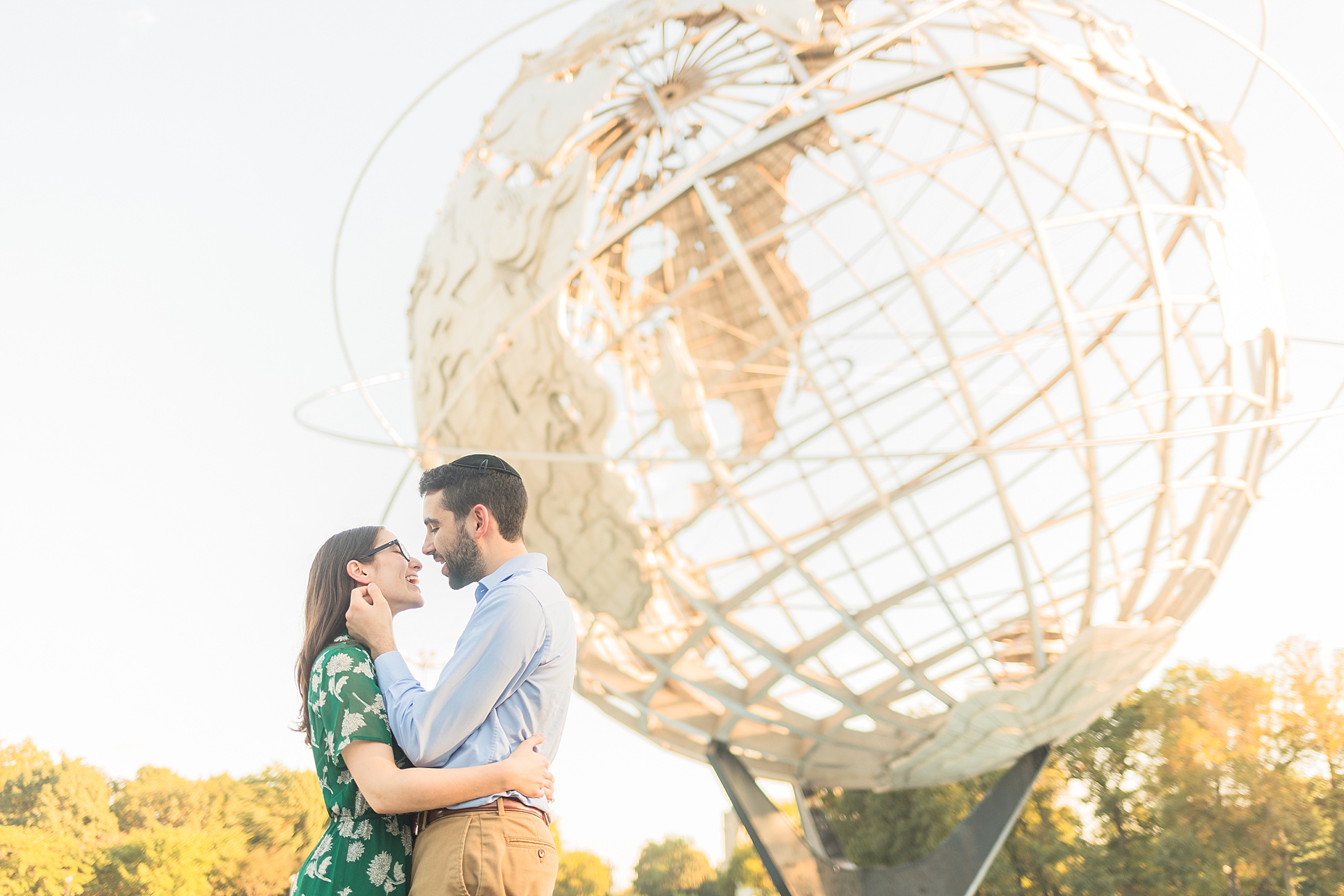

Picture this… You are at Maynard’s on the Jersey Shore with the rest of your friends. It is a typical summer shore weekend when you notice your friend is talking to the cute brunette you JUST matched with.You walk right up to them and completely ignore your friend and spend the rest of the night […]
Imagine this: Boca Grande, Florida… some of the bluest water on the East Coast, Palm trees every where and the most beautiful bride and groom. Now, doesn’t this sound like a dream? When Sarah first texted me over a year ago asking if I’d travel to Florida to photograph her wedding, I said yes without […]

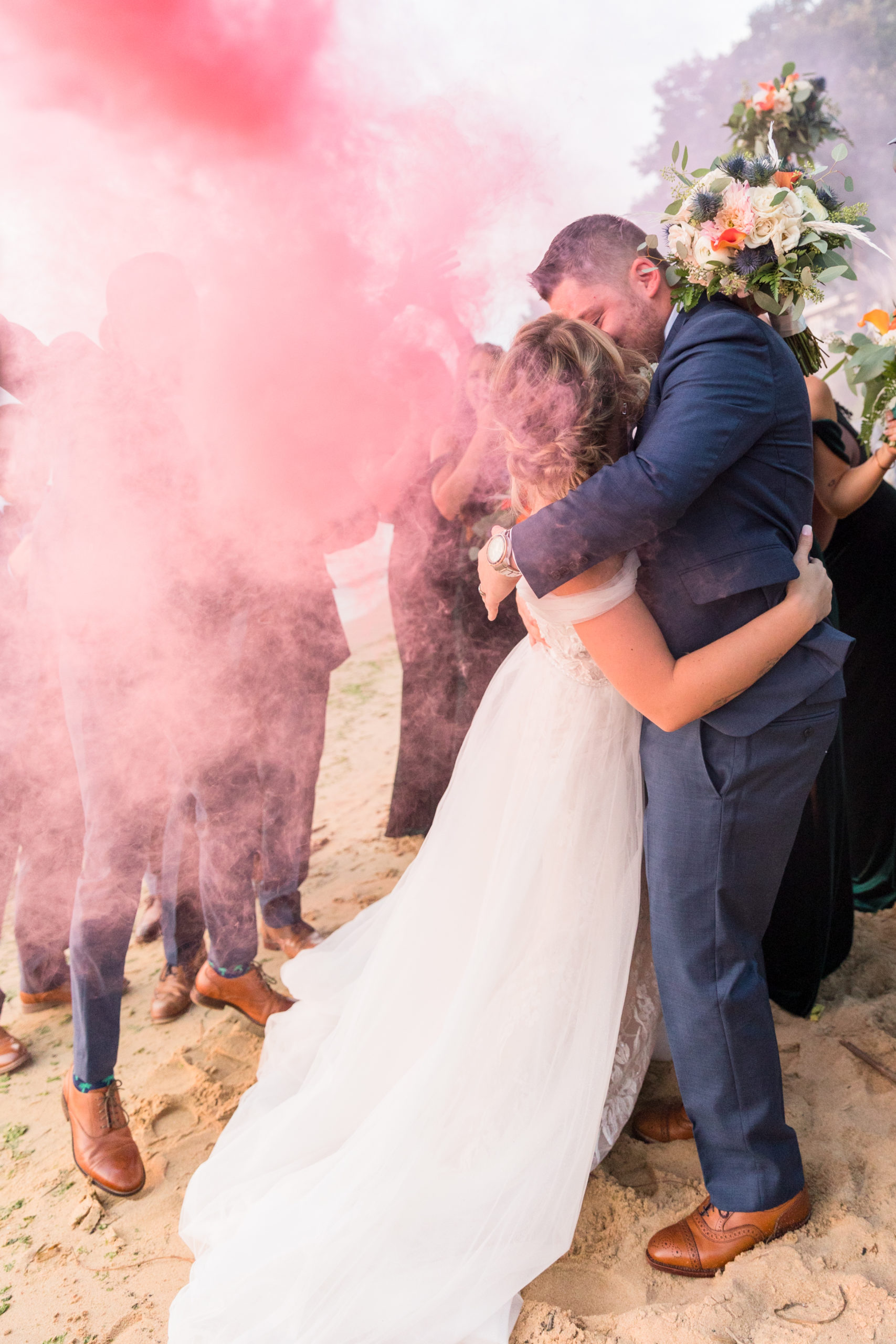
True Story… A few days before Steph and Lou’s wedding, We were on our “wedding week catch up” call and they told me that they were planning on having a gender reveal for baby #2 at their wedding. Of course I was SOOO down! But then, Steph asked me if I could be the one […]
It was going to rain, they said. “Bring all your clear umbrella” they requested. We may have to move the ceremony inside” they warned… 2pm came and went, no rain. 4pm, no rain. 8pm, no rain… It didn’t rain until the last hour of the reception! And even more amazing, is that the sun came […]
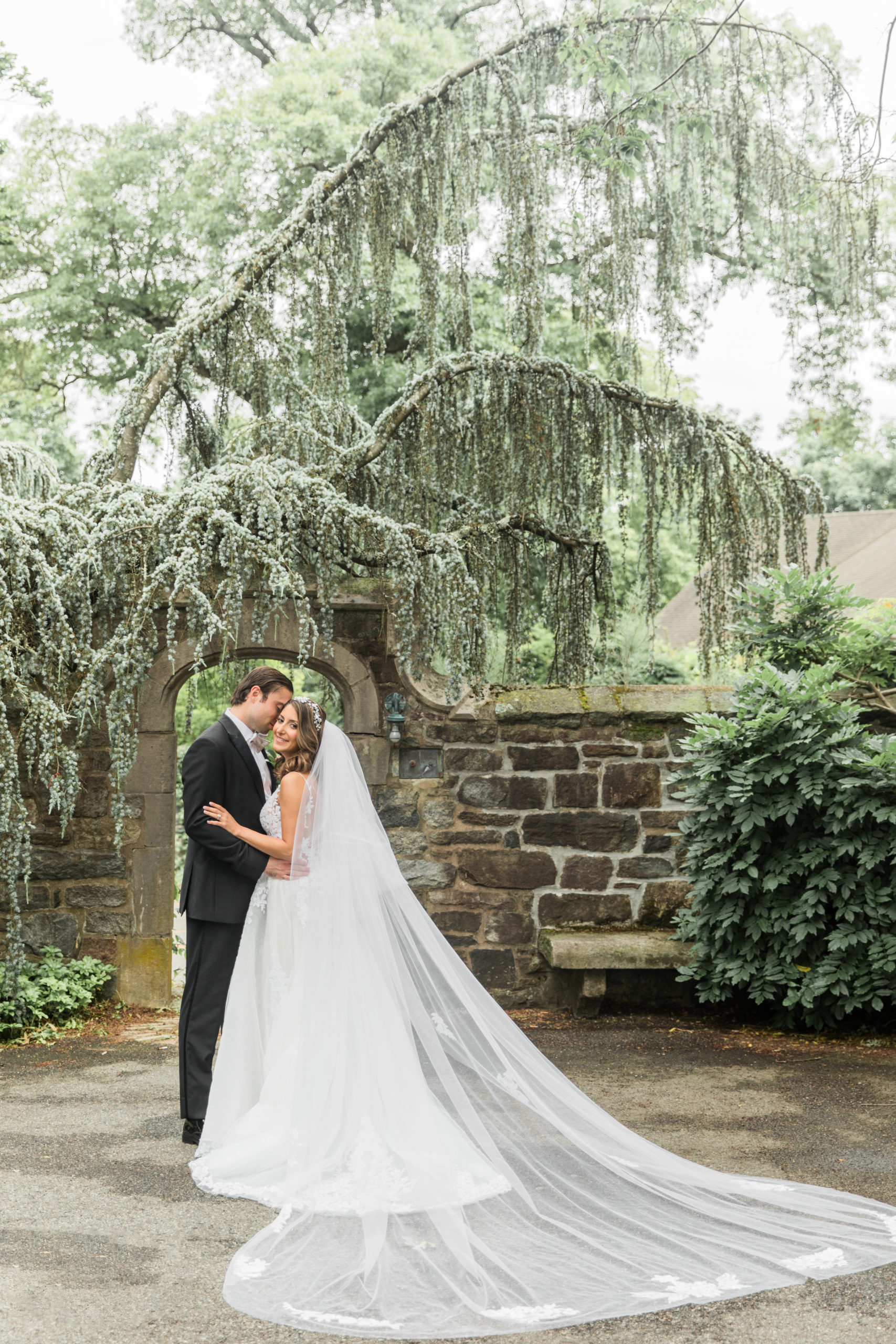

“I knew he was the one by the way Jack took care of Billy (aka Meredith and Jack’s doodle).” Meredith said as she started blotting her eyes, not wanting to ruin her perfectly done make up. “When I had enough and couldn’t handle it any longer, he took care of Billy for me.” Meredith teared […]
Will you be next on the blog?
I seriously cannot wait to hear from you! From how you met, to where you got engaged and all the way to your big dream wedding plans, I want to hear every last detail!
Click the button below to get in touch!!